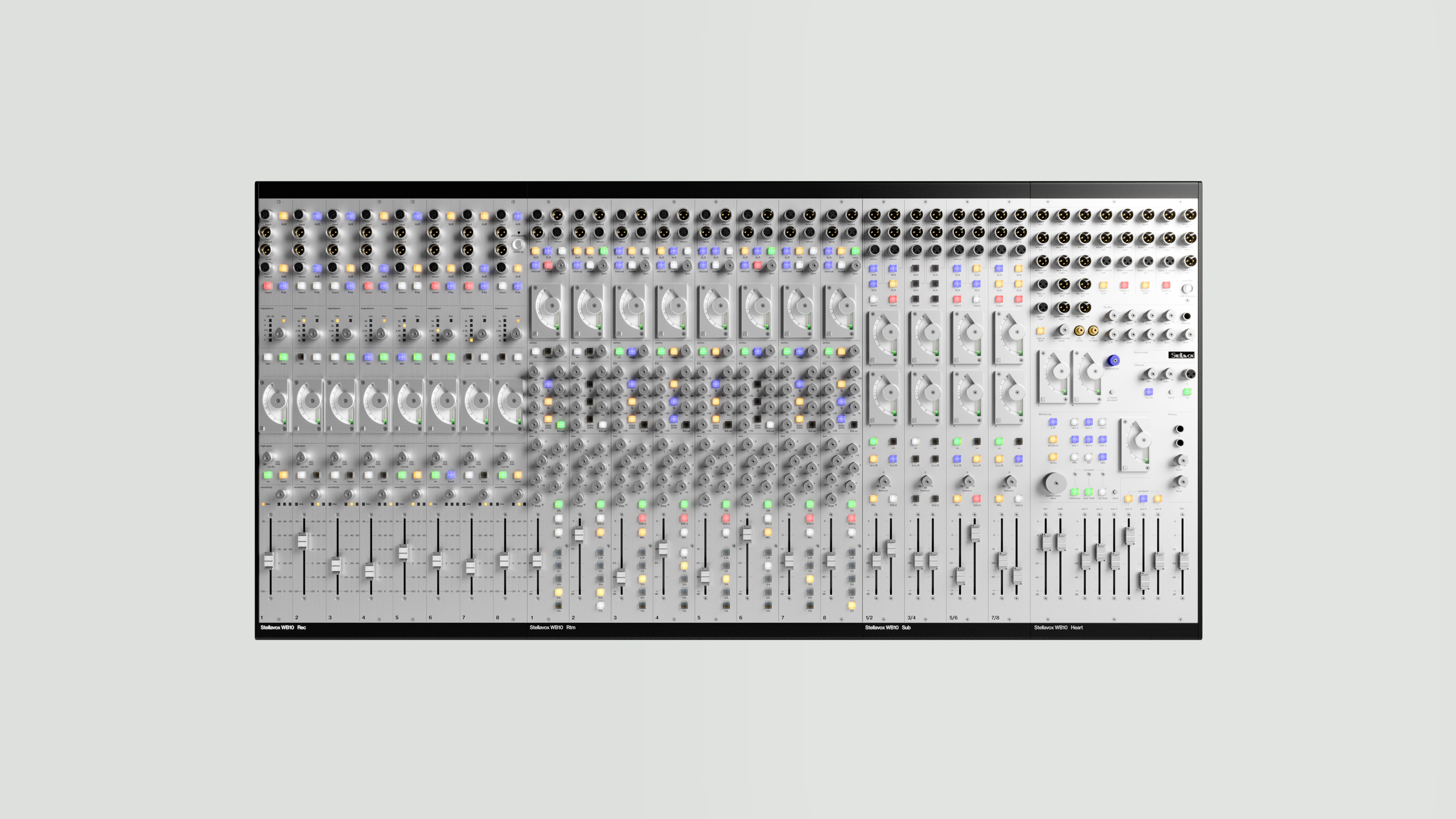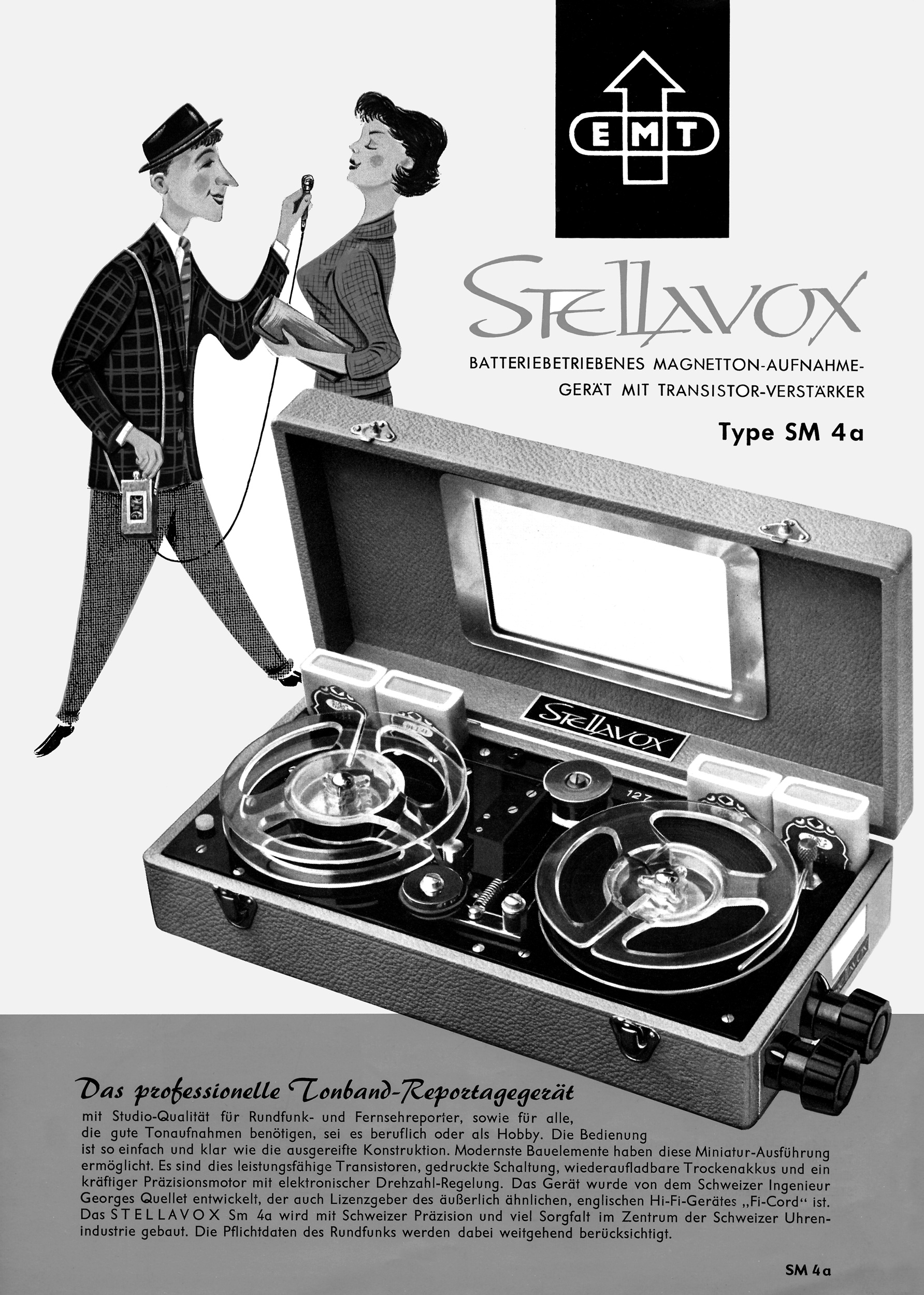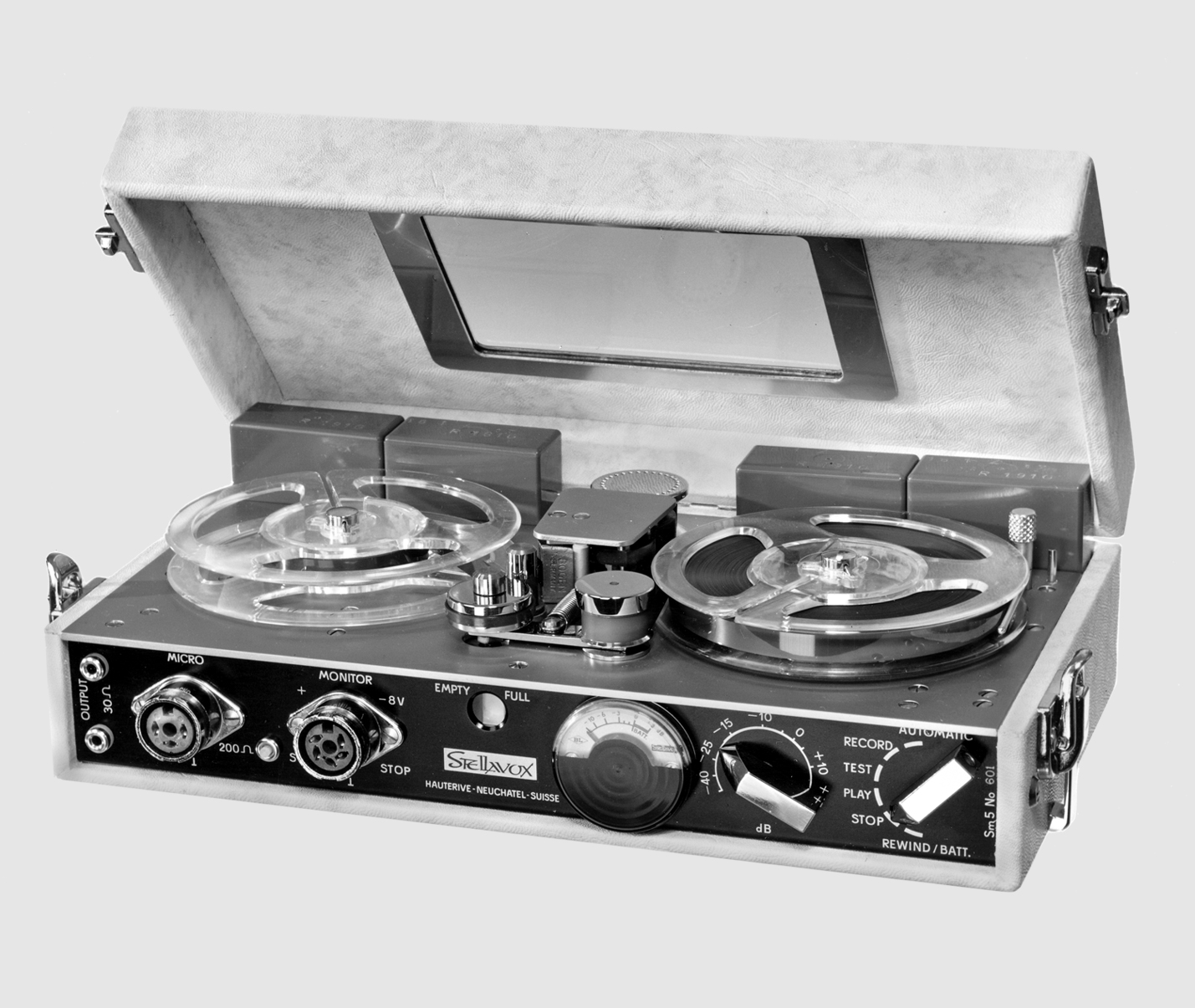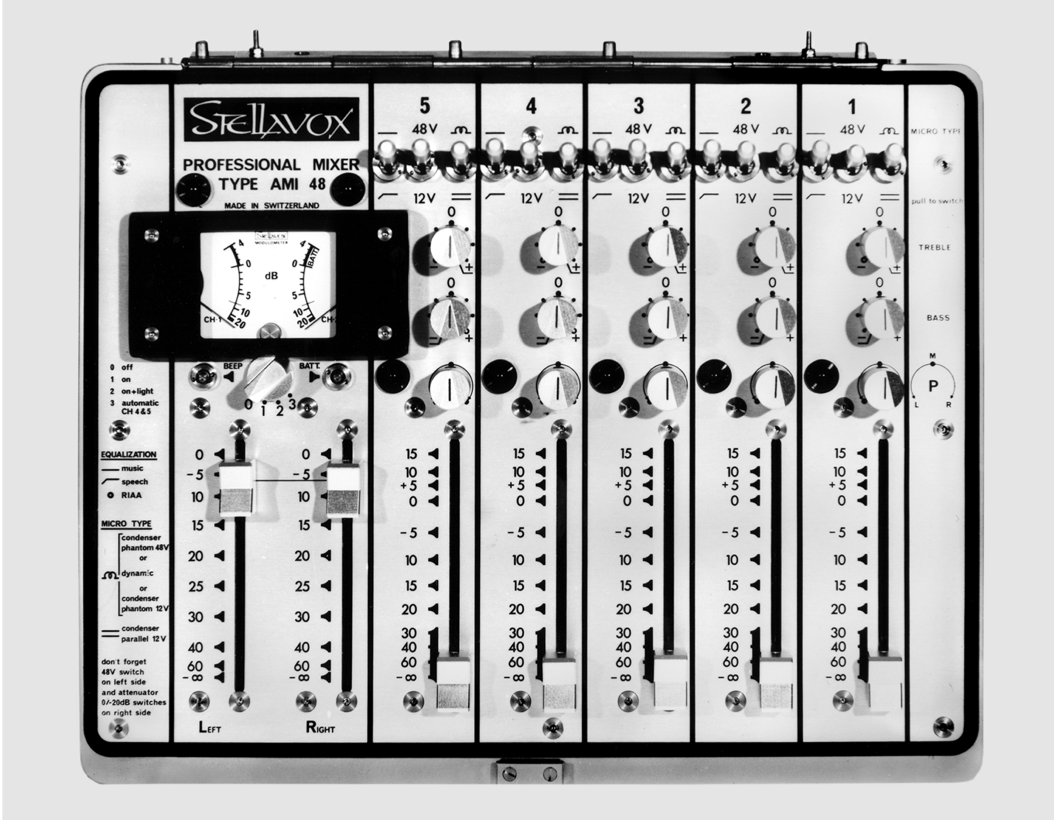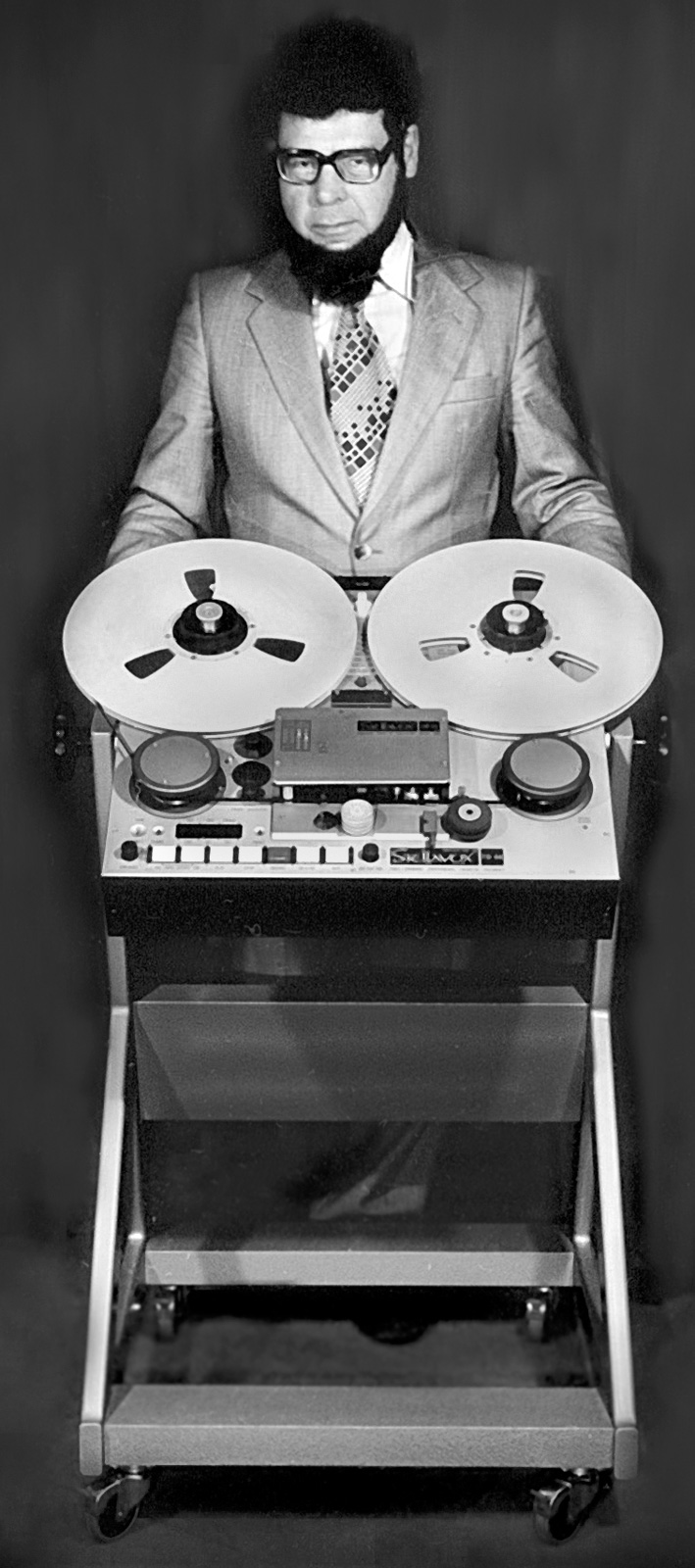Swiss made
Since 1953
Stellavox
The motivation behind every stage of our research, development and production process comes from the wish to create exclusive products with exceptional sound quality and longevity, which ignite passion in the user, and reflect the true spirit of Stellavox while embracing the technologies of today.
Products
Products
Seventy years of history
Legendary TD9, mounted with the new IN/OUT module L10
L10
Stellavox
L10 input and output amp
module for the
Stellavox TD9 tape recorder
New modul L10 & modul L9 from 1981
The original L9 IN/OUT module for the TD9 tape recorder was developed at Stellavox towards the end of the 1970s. Signal balancing was carried out using transformers, as was common at the time. These transformers also had the pleasant side effect of galvanic isolation, which is less important today, since TD9 recorders run exclusively as installed units in studios around the world, where ground loops can be excluded by planned and controlled ground flow. What remains, however, are the shortcomings of the transformer: poorer transient behaviour, more distortion and a reduced dynamic. Furthermore, with micro-electronic surface-mount devices (SMD) unavailable at the time, it was not possible to build both original amplifier units with single components (discrete circuit) because of the reduced space.
Looking at the past and at today’s technical possibilities, we came up with the idea of developing a new module for what may well be the world’s best tape recorder. Beating excellence is of course a challenge! However, we believe to have significantly improved the TD9’s reproduction quality by eliminating the bottleneck created by the transformers.
IN/OUT modul L10, showing the polypropylene capacitors (blue) instead of the transformers
During the development of this newer module, we had to consider another “plus” of the transformer technology in the input section: namely the common mode rejection ratio (CMRR), which is better than that achieved from the usual electronically balanced inputs. After a few attempts, the transformer’s CMRR was actually beaten (min. -80dB). The trick is having a double balanced structure and obviously ultra low tolerance resistors in thin film. The output section is built around a balanced Class-A amplifier. As with any audio electronics developed by Stellavox, we have completely avoided negative feedback. Offset control is ensured through the use of low resonance DC servos (100 mHz), another circuit element developed by Stellavox in recent years.
Since the TD9 recorders that are still running around the world are hardly ever operated with synchronisation, we have dispensed with corresponding circuits in the L10.
Thanks to the use of resistors with 0.1% tolerance and the omission of transformers (which by their very nature bring inaccuracies in gain), the trimmers for gain control were also omitted. The L10 module will keep its gain constant for many decades without the need for frequent trimming.
L10, side view
L10, view on the SMD micro-electronic. Note the single transistors and the lack of integrated components
L9, electronic made in trough hole technology

